 |
 |
 |
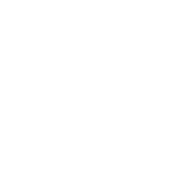
|
Men’s ceremonial headdress me-àkà Brazil, State of Pará, Rio Chiché Kayapó Mekrãgnoti. 1960s-1970 Parrot feathers, cotton. H 15 cm, Ø 22cm Acquired from the ethnologist Gustaaf Verswijver in 1975
MEG Inv. ETHAM 040861
Photo: © MEG, J. Watts
|
|
 |
AMAZONIA. THE SHAMAN AND THE MIND OF THE FOREST
20/5/2016-8/1/2017
Vernissage 19 May 2016 at 6 pm
The MEG – Musée d’ethnographie de Genève – curates one of the most important Amazonian ethnographic collections in Europe, remarkable as much for the quality, provenance and cultural diversity of the objects as for their number (nearly 6,000). For the first time in decades the Museum is exhibiting a wide range of objects from this region. “Amazonia. The Shaman and the Mind of the Forest” is a testimony to the history and plight of the indigenous peoples, who, since the first settlers set foot on their soil, have survived the encroachment of pioneer fronts, exogenous diseases, “pacification” programs, sedentarisation and missionary activities.
|

|
Posted 6 April 2016
|
Share this:
|
|
This exhibition is placed under the patronage of the Swiss National Commission for UNESCO, which thereby recognises the heritage value of the MEG’s collections and their utility for the Amazonian peoples of today.
|
|
|
|
|
|
|
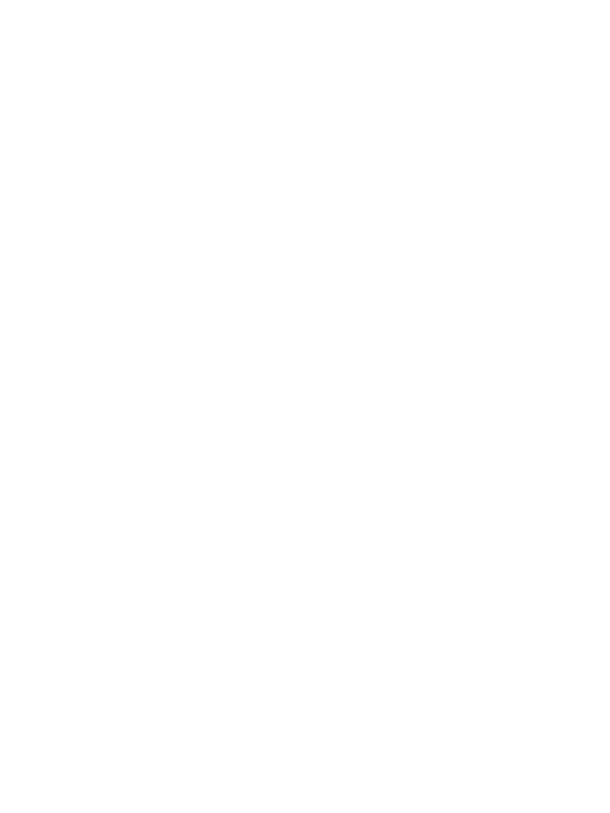
Mask ype or cara grande
Brazil, State of Mato Grosso, Rio Tapirapé, Rio Araguaya
Tapirapé. Mid 20th c.
Wood, reed or palm stalk, yellow and blue macaw feathers Ara ararauna, unidentified blue and red feathers, mother-of-pearl, tucum nuts, beeswax, resin, clay-coated dyed cotton, plant fibres. H 134 cm, W 109 cm
Acquired from the anthropologist and biologist Borys Malkin in 1966
MEG Inv. ETHAM 033549
Photo: © MEG, J. Watts
|
|
|
|
|
|
“The recognition of the cultures and traditional practices of indigenous peoples is a key issue for UNESCO, especially in the realisation of sustainable development. Understanding and appreciating the valuable contribution that indigenous knowledge makes to the protection and management of ecosystems is an example of UNESCO’s commitment, which implies taking the challenges faced by indigenous peoples more broadly into account.
We welcome the fact that your exhibition project, by making the heritage of these peoples accessible to a wide audience through the example of Amazonia, spotlights several of those challenges, in an interdisciplinary perspective, and emphasises the importance of respecting and protecting that heritage.”

|

|

|

|

|
|
|
Arm ornament marachi-omsik Brazil, State of Roraima, Upper Demini, Rio Tootobi Yanomami. 1950s Red macaw feathers Ara macao, green mealy amazon feathers Amazona farinosa?, wood, plant fibres. H 63 cm, W 27 cm Acquired from the ethnologist René Fuerst in 1963.
MEG Inv. ETHAM 032049
Photo: © MEG, J. Watts
|
|
|
|
|
Headdress wirara or akangatar, men’s ceremonial finery Brazil, Rio Gurupi, State of Maranhão, village of Javaruhú Ka'apor. Mid 20th c. Yellow oropendola feathers Psarocolius, black curassow feathers Crax, scarlet macaw feathers Ara macao, pigeon down, cotinga skin Cotinga cayana, cotton. H 53 cm, W 31 cm Acquired from the anthropologist and biologist Borys Malkin in 1966
MEG Inv. ETHAM; 033453
Photo: © MEG, J. Watts
|
|
|
|
|
Club Brazil? State of Goiás? State of Mato Grosso? Pará? Tocantins? Kayapó Irã’ãmranh-re? Late 19th-early 20th c. Carved wood, handle sheathed with basketwork of plant fibres. L 137 cm, W 8 cm Gift of Frédéric Dusendschön in 1960; formerly in the collection of Oscar Dusendschön, rubber planter in Manaus, 1890-1914
MEG Inv. ETHAM 029788
Photo: © MEG, J. Watts
|
|
|
|

|

|

|
Swiss National Commission for UNESCO.
Ranging from brightly coloured feather finery, blowpipes, bows and arrows dipped in curare, to everyday objects, musical instruments or the paraphernalia used by shamans to snuff hallucinogenic substances, some 500 objects, photographs and films are displayed in a 1,000 sq. m. exhibition space. The whole illustrates American Indian cultures as they have been observed from the eighteenth to the twentieth-first century. The culture of certain pre-Columbian societies is represented by refined Marajó pottery and astonishing polished stone pieces.
Amazonian peoples have struggled to resist the destruction of their world, but their population has fallen by about 80% over the last five centuries following the conquest and colonisation of their environment. Brazil, the biggest country in the Amazon basin, has an Indian population of only 700,000, divided into 237 ethnic groups, some numbering only a few hundred people. The MEG’s new exhibition “Amazonia. The Shaman and the Mind of the Forest” is an occasion to draw attention to the plight of the American Indians.
|
|
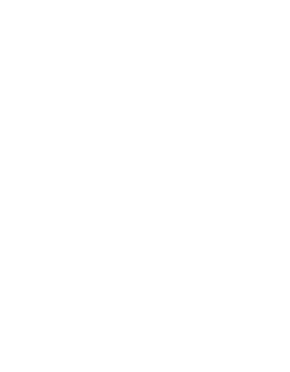
Quiver, poisoned darts, cotton bag Guyana, Rio Tacutu Pemón. Late 19th-early 20th c. Basketwork, black gum, wood, cotton, tow, fragments of the jawbone of a small animal. H 28 cm Gift of Frédéric Dusendschön in 1960; formerly in the collection of Oscar Dusendschön, rubber planter in Manaus, 1890-1914
MEG Inv. ETHAM 029796
Photo: © MEG, J. Watts
|
|
|
|

|

|

|
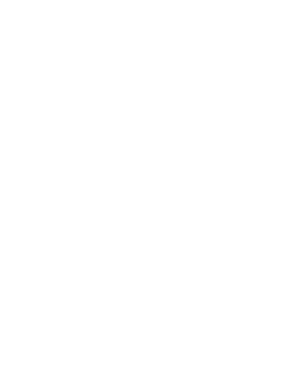
Necklace Brazil, State of Mato Grosso, village of Meruré Bororo. 1960s Feathers, plant fibres. H 25 cm, W 17 cm Acquired from the Salesian missionary Renato Maltoni in 1976; collected in 1971
MEG Inv. ETHAM 038749
Photo: © MEG, J. Watts
|
|
Thanks to the collaboration of many people fighting for their cause, trying to make Indian cultures better known and working with Indians in the field (NGOs, photographers, filmmakers, musicologists), contemporary testimonies and data complement and illuminate the twentieth-century ethnographic collections and earlier historic collections.
The exhibition is punctuated by portraits of Indian leaders, who are fighting for the rights of indigenous peoples, along with early or contemporary photographs. Photos and videos, recordings and quotations present many different viewpoints. Music once again has a special place in the exhibition with sound installations that plunge visitors into the animist mind of the forest and ritual.
|
|
|
|
|

|

|

|
The key themes of the exhibition are:
Amazonia
The MEG exhibition presents remarkable objects from about thirty ethnic groups from nine countries in the Amazonian basin, including the Kayapó, the Wayana, the Yanomami, the Ka’apór, the Karaja, the Shuar (Jivaro), the Tukuna, and the Bororo. These communities, which are scattered through the biggest forest on the planet (6 million sq. km), may be citizens of Brazil, Venezuela, Ecuador, Peru, Bolivia, Colombia, Suriname, Guiana or French Guiana.
|
|
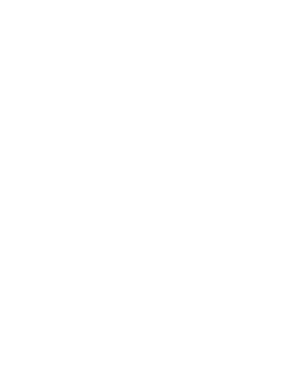
Pair of armband ornaments pachik Brazil, State of Pará, Upper Rio Paru Wayana. 1960s Red macaw feathers Ara macao, white hen feathers Gallus domesticus, yellow toucan feathers, wood, plant fibres, resin. H 53//53 cm, W 19/22 cm Mission of the ethnologist Daniel Schoepf in 1971-
MEG Inv. ETHAM 036949
Photo: © MEG, J. Watts
|
|
|
|

|

|

|
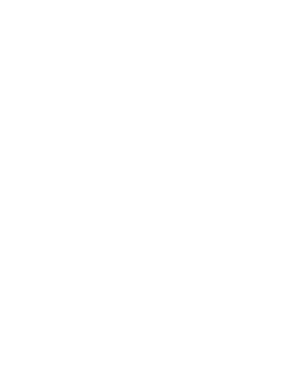
Necklace Peru? Ecuador? Colombia? Upper Amazon Basin Late 19th-early 20th c. Jaguar canines, monkey incisors, cotton. Ø 23cm Gift of Frédéric Dusendschön in 1960; formerly in the collection of Oscar Dusendschön, rubber planter in Manaus, 1890-1914
MEG Inv. ETHAM 029491
Photo: © MEG, J. Watts
|
|
Animism
“Animism” characterises the thought systems of the American Indians in Amazonia. It is an original ontological approach, that is, a particular way to situate human or non-human beings in the universe and understand why they exist. In animism, human beings, most animals, some plants and the forest itself all have the capacity to think and act. The American Indians also believe that several spatiotemporal worlds coexist: the world of the living, the spirits, the dead, etc.
“Do not think that the forest is dead, put there without reason. If it were inert, we would not move either. The forest animates us. It is alive. We cannot hear it complain, but the forest suffers, just as humans do.” Davi Kopenawa, chief shaman of the Yanomami American Indian community in the Amazonian forest of Brazil (2003).
The forest feels and has its own way of thinking.
|
|
|
|

|

|

|
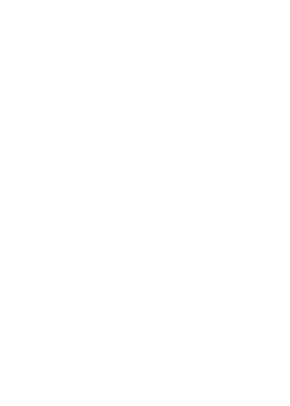
Crown with a crest and pendant kandela worn for hunting Guiana, Lower Rio Oyapok Palikur. 1940s-1950
Feathers, wood, reed, plant fibres, cotton, scarab elytra. H 102 cm, W 35 cm, D 70 cm Gift of the zoologist Henry Larsen in 1956
MEG Inv. ETHAM 025431
Photo: © MEG, J. Watts
|
|
Perspectivism
“Perspectivism” is the anthropological concept used, in an animist context, to assess an individual’s ability and skill to project himself into another’s place and see things from his point of view. He may put himself in the place of a person, an animal (a jaguar just as well as an insect), a spirit or any other thinking being. Like chess players, whether they are hunting, performing shamanic practices or interpreting dreams, the American Indians multiply their viewpoints and imagine how they themselves are perceived.
But appearances can be deceptive, and what is seen or heard may be no more than an illusion. Perspectivism implies taking another viewpoint, with several alternatives. Today a more holistic scientific approach and greater sensitivity to the American Indians’ discourse about their own cultures have led some to talk of “the mind of the forest”.
|
|
|
|
|

|

|

|
Mythology
Mythology is essential for the American Indians. It is a theoretically infinite body of stories passed on by recitation. Mythology takes shape in the oral tradition of societies without writing. Our (Western) understanding of mythology is very limited because we approach it through written transcriptions, which are usually abridged or summarised. All thinking beings appear as characters in the myths. So all the birds and other animals whose feathers or claws or skin are used to make body ornaments are mythological characters.
|
|
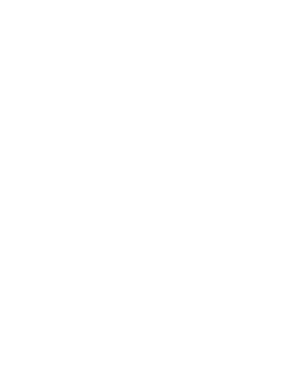
Women’s ceremonial necklace tukaniwar or tukadjura Brazil, State of Maranhão, Rio Gurupi, village of Javaruhú Ka'apor. Mid 20th c. Yellow toucan feathers, red cotinga feathers Cotinga ouette, skin of passerines, cloth, cotton. H 46 cm, W 20 cm Acquired from the anthropologist and biologist Borys Malkin in 1966
MEG Inv. ETHAM 033454
Photo: © MEG, J. Watts
|
|
|
|

|

|

|
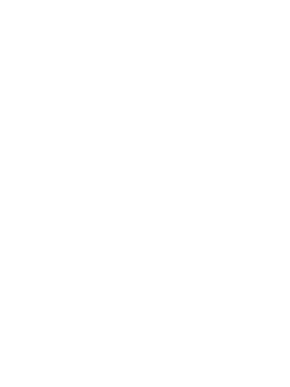
Men’s ceremonial headdress me-àkà Brazil, State of Pará, Rio Chiché Kayapó Mekrãgnoti. 1960s-1970 Parrot feathers, cotton. H 15cm, Ø 22 cm Acquired from the ethnologist Gustaaf Verswijver in 1975
MEG Inv. ETHAM 040861
Photo: © MEG, J. Watts
|
|
Photography and film in the exhibition
Photographs and films have a major place in the exhibition, presenting many different views of the American Indians. Whether they come from the MEG’s collections – historical photos taken by the German photographer George Huebner and the Russian baroness Nadine de Meyendorff or the field work of the ethnologist and militant René Fuerst and the curator Daniel Schoepf – or are the work of contemporary photographers and filmmakers, such as Paul Lambert, or the famous Swiss-born Brazilian photographer, Claudia Andujar, the Genevan photographer, Aurélien Fontanet, or militant filmmaker, Daniel Schweizer, they take visitors deep into the life of the American Indians.
|
|
|
|
|
|
Photo
Historical photos:
George Huebner
Nadine de Meyendorff
Ethnologist/photographers:
René Fuerst
Daniel Schoepf
Contemporary photos:
Claudia Andujar
Aurélien Fontanet
Film
Ethnologist/filmmakers:
Théodor Koch-Grunberg
Felix Speiser
Filmmakers:
Paul Lambert
Daniel Schweizer
Video artists:
Gisela Motta
Leandro Lima
Music and sound in the exhibition
“Amazonia. The Shaman and the Mind of the Forest” includes two music and sound installations. The first is a display of wind instruments, associated with sound recordings, which presents the remarkable diversity of instrumental music in Amazonia. The second is a sound installation broadcast throughout the gallery. It was designed by a team of specialists in the sounds of the Amazonian Basin. A suite of sixteen sound stories conjures up the relationship that music can establish between humans, animals and spirits.
|
|

|

|

|
Exhibition outside the walls
CONTACTS
Colours of Amazonia
28 April - 15 December 2016
In connection with “Amazonia. The Shaman and the Mind of the Forest” at the MEG, a selection of photographs by the MEG’s photographer, Johnathan Watts, will be travelling around Geneva.
The MEG’s photographer, Johnathan Watts, goes so close that the subject is sometimes hard to decipher, but by focusing on detail he takes us deep into nature and reveals the object’s soul. He uses the technique of macro photography and his sharp colourful prints are a reminder of the close bond between the Indians and the Amazonian forest.
The photographer explains that he seeks to “go further than the whole object, to go beyond its function and enter into its very structure”. His photos explore forms and animal and plant materials taken from the luxuriant Amazonian rainforest.
A travelling exhibition is an opportunity to reach people who seldom set foot in a museum. As the photographs focus on objects on display in the exhibition, they invite passers-by to take a poetic look at the MEG’s Amazonian heritage.
Colours of Amazonia
Exhibition of photographs
Vernissage
Thursday 28 April 2016 at 6 pm
Quai Général Guisan, 2-14
The exhibition will be shown successively at several venues in the city of Geneva from 28 April to 15 December 2016: 2-14 Quai Général Guisan (mid April to end May), covered railway in the St Jean quarter (June to mid July), Plaine de Plainpalais (mid July to mid August) Parc des Bastions (mid August to mid September), Mont Blanc pedestrian precinct (mid September to mid October), Promenade Saint Antoine (mid October to end November) and Quai du Rhône (until mid December).
|
|
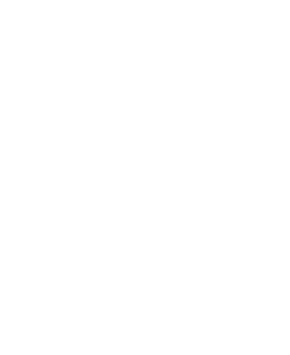
Mask hood Brazil-Colombia-Peru border region, Leticia Ticuna. 1927-1934 Tapa made from tururi, Ficus radula or Couratari legalis. H 44 cm, W 32.5 cm Gift of the diplomat Carlos Garcia-Palacios in 1935
MEG Inv. ETHAM 015003
Photo: © MEG, J. Watts
|
|
|
|

|

|

|
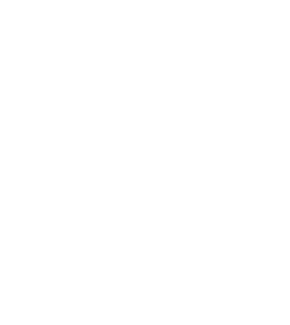
Ear pendants Brazil, State of Mato Grosso, village of Meruré Bororo. 1960s Mother-of-pearl, plant fibres, feathers. L 6/6 cm, W 4/3 cm Acquired from the Salesian missionary Renato Maltoni in 1976; collected in 1971
MEG Inv. ETHAM 038743
Photo: © MEG, J. Watts
|
|
The MEG (Ethnography Museum of Geneva) is a public institution which was founded by the Genevan anthropologist Eugène Pittard (1867-1962) in 1901. The museum curates objects illustrating human culture throughout history. It has a collection of some 80,000 works and a library with over 50,000 documents on world cultures. The MEG also houses a unique music library, the Archives internationales de musique populaire (AIMP), with over 16,000 hours of folk music recordings; the core of the archives is a collection of over 3,000 hours of historic recordings amassed by Constantin Br?iloiu between 1944 and 1958. Admission to the permanent display of a thousand objects from the five continents is free. The MEG also offers the public a cultural and scientific outreach programme, concerts, film and lecture cycles and stage shows. Since October 2014, the MEG has had a new building in which to display its riches. It was designed by the Zurich firm Graber & Pulver Architekten and stands on the site occupied by the MEG since 1941.
See the Agenda>
MUSÉE D'ETHNOGRAPHIE DE GENÈVE (MEG)
Boulevard Carl-Vogt 65-67
1205 Genève, Switzerland
+41 (0)22-418 45 50
meg-geneve.ch
|
|
|
|
|
|
|
|
|
|


